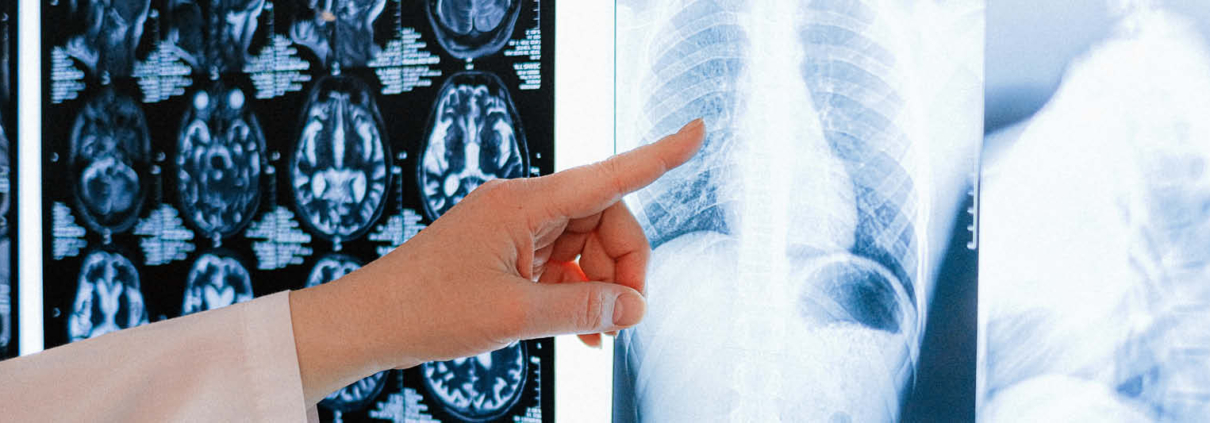How secure is the Electronic Patient Record?
Since the beginning of the month, the Electronic Patient Record has been available in Germany, in which insured persons can store and manage their data in a central location. The central storage of their health data is intended to facilitate communication between patients and doctors. In the initial phase, however, patients will have to take care of filling their digital files themselves. There are also still data protection concerns: Patients will not be able to select which doctor has access to which parts of the medical record until 2022. For the time being, anyone who wants to use the Electronic Patient Record provides their doctor with all the information it contains – or none at all.
What is an Electronic Patient Record?
The Electronic Patient Record allows patients to voluntarily store their health and diagnostic data centrally in one place. The information it contains can be shared with doctors, pharmacies, and hospitals to shorten treatments. Or prevent duplicate examinations. In the future, patients will also be able to use the app to manage the information it contains. They can then decide which doctor can see which information. The digitization of bonus books, vaccination cards, and maternity records is also planned for the future.
When does the Electronic Patient Record come into effect?
Patients will be able to have their health insurers issue the Electronic Patient Record from the beginning of 2021. For the time being, however, they will have to fill it out themselves. Until July, it will only be available to around 200 practices and hospitals on a trial basis; only then will its use be extended to the whole of Germany. The health insurers, on the other hand, have no insight into the stored data, even though the Electronic Patient Record is intended to provide communication channels to their own health insurer. This prevents the insured person from suffering any disadvantages as a result of diagnoses or findings.
How secure is my data?
The Electronic Patient Record stores patient data in encrypted form. Data is exchanged with doctors and other healthcare facilities via the so-called telematics infrastructure network. However, critics have still identified security deficiencies here: For example, the TI’s virus protection is said to be insufficient to actually protect sensitive health data reliably. Also, too lax IT security measures in medical practices can be a security risk. Easy-to-guess passwords or shared admin and access rights are unfortunately still commonplace in many medical practices. You can also read a comprehensive review of the current data security in healthcare as well as the criticism of the telematics infrastructure in our blog post here.
Cases from abroad, such as a successful hacker attack in Finland, have also shown how weakly protected our sensitive healthcare data still is. Experts, therefore, advise being selective about what information you want to include in the Record. The inclusion of psychotherapeutic documents is currently not advisable. This is because such data could have negative consequences for those affected when looking for new insurance companies or employers, should this data fall into the hands of third parties without authorization.
Unfortunately, the risks and benefits of the Electronic Patient Record must be weighed up here as well. On the one hand, centrally stored data enables faster and more favorable treatment success. This saves time, costs, and nerves on both sides. However, if this sensitive data falls victim to a cyberattack, the insured person may suffer disadvantages, the consequences of which cannot yet be assessed.
Will you use the Electronic Patient Record? Join the discussion here.


 HWS Gruppe
HWS Gruppe


